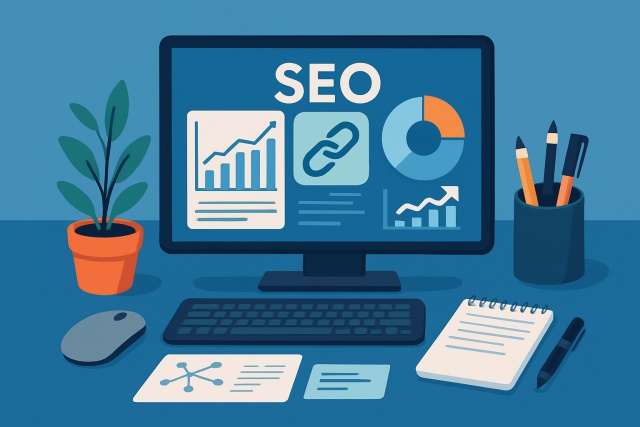
Are contextual link building services worth it?
Explore whether contextual link building services are a smart investment for your SEO strategy with...
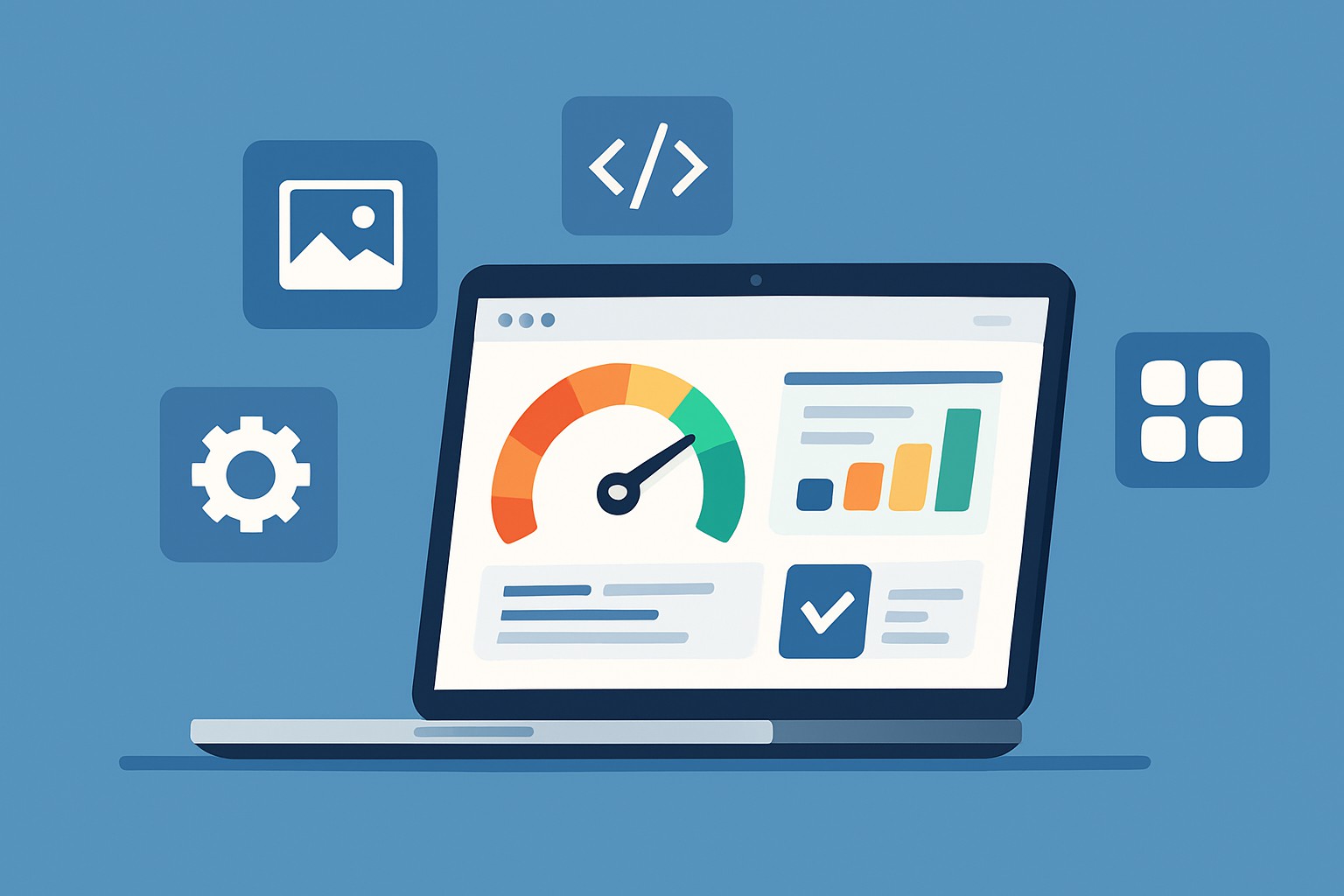
Page load time is a big deal for Weebly websites since it directly impacts user experience and SEO rankings and conversion rates. Learning how to reduce Weebly page load time is crucial because when pages drag their feet loading, visitors often get impatient and bounce—nobody likes waiting around. This spike in bounce rates can seriously ding your site's visibility on search engines.
Many Weebly sites often load slowly due to oversized image files and a flood of third-party scripts. Design elements that have not been fine-tuned also cause delays.
Improving the load time of your Weebly site calls for a solid game plan. This guide walks you through auditing your speed and optimizing images. It also covers trimming down scripts, making the most of built-in performance tools, and testing your tweaks.
Check your current page load speed using reliable tools to identify any pesky bottlenecks first.
Compress and resize all your images so they have the right dimensions and file sizes without using unnecessary bandwidth.
Reduce the number of third-party scripts and plugins wherever possible because too many cooks spoil the broth.
Enable lazy loading for images and videos to delay loading content that isn’t immediately visible. Think of it as a handy productivity trick.
Clean up your theme and simplify the page layout to help your site run smoothly.
Keep custom code injections like HTML and CSS lean and efficient since less is usually more.
Use Weebly’s built-in performance tools because they exist for a good reason.
After publishing your changes, regularly test your page speed so you can track how you’re improving over time.
Start by taking a good hard look at how your website is performing right now with trusty tools like Google PageSpeed Insights and GTmetrix or Weebly's analytics.
Images often gobble up the lion's share of your page's load time. It’s usually a smart move to go with formats like JPEG or WebP, as they tend to keep file sizes in check without turning your pics into a blurry mess. Make sure to resize your images to fit the maximum display size—they won’t get a bonus point for being larger than needed. I’ve found that using compression tools can work wonders in trimming down file sizes while still keeping things crisp enough to please the eye.
Third-party widgets and embedded scripts like social media feeds, chatbots and tracking codes can drag your site down. It’s a good idea to take a hard look at which ones you absolutely need and ditch the rest if they’re not pulling their weight.
Lazy loading basically hits the pause button on loading images and videos that haven’t yet popped up on the user’s screen, which can really give your page’s initial load time a nice little boost. While Weebly doesn’t hand you manual lazy loading controls for every single element, a good number of themes come with this handy feature baked right in.
Picking a lightweight theme that zeroes in on speed is absolutely important. Think clean and minimal—no need to cram every nook and cranny with fancy elements. Keep page components to a bare minimum and dodge those cluttered layouts like the plague. Simple page structures usually load faster and help guide visitors more smoothly, which does wonders for both performance and user-friendliness.
Custom HTML, CSS and JavaScript can really slow your site down if they’re not carefully optimized. It’s smart to watch any added code and trim scripts or styles that aren’t pulling their weight.
Regularly testing and maintaining your Weebly site's speed is key to reduce Weebly page load time and make sure those performance gains stick around for the long haul. It's always a smart move to run speed checks after updates or when you add new content, and keep your themes and apps up to date.
17 articles published
Known for her strategic acumen and ability to distill complex concepts into actionable frameworks, Raven Merriweather empowers businesses to navigate the intricacies of Internet Marketing with confidence and clarity.
Read Pages
Explore whether contextual link building services are a smart investment for your SEO strategy with...
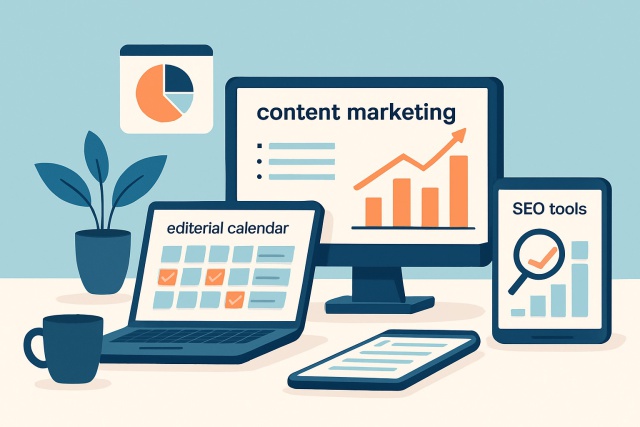
Discover how publishers can harness content marketing strategies step-by-step to boost engagement, d...
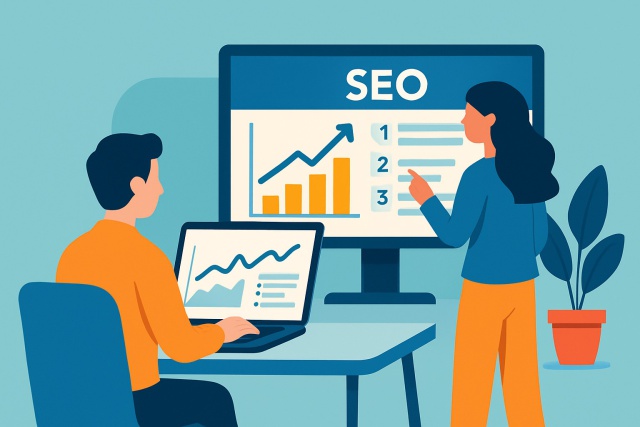
Explore detailed insights into SEO costs for small businesses, helping you budget wisely and choose...
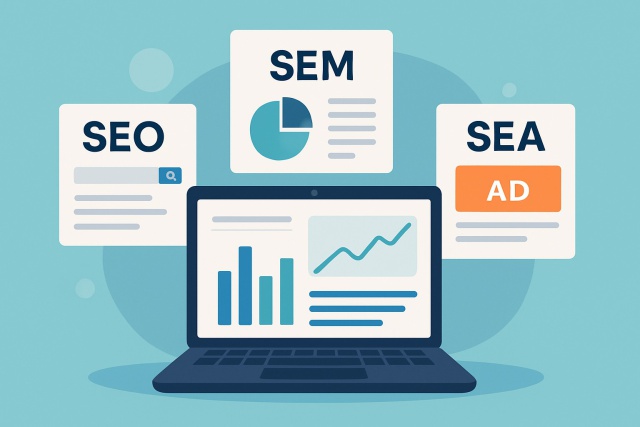
Confused by SEM, SEO, and SEA? This clear guide breaks down each concept, showing how they work toge...